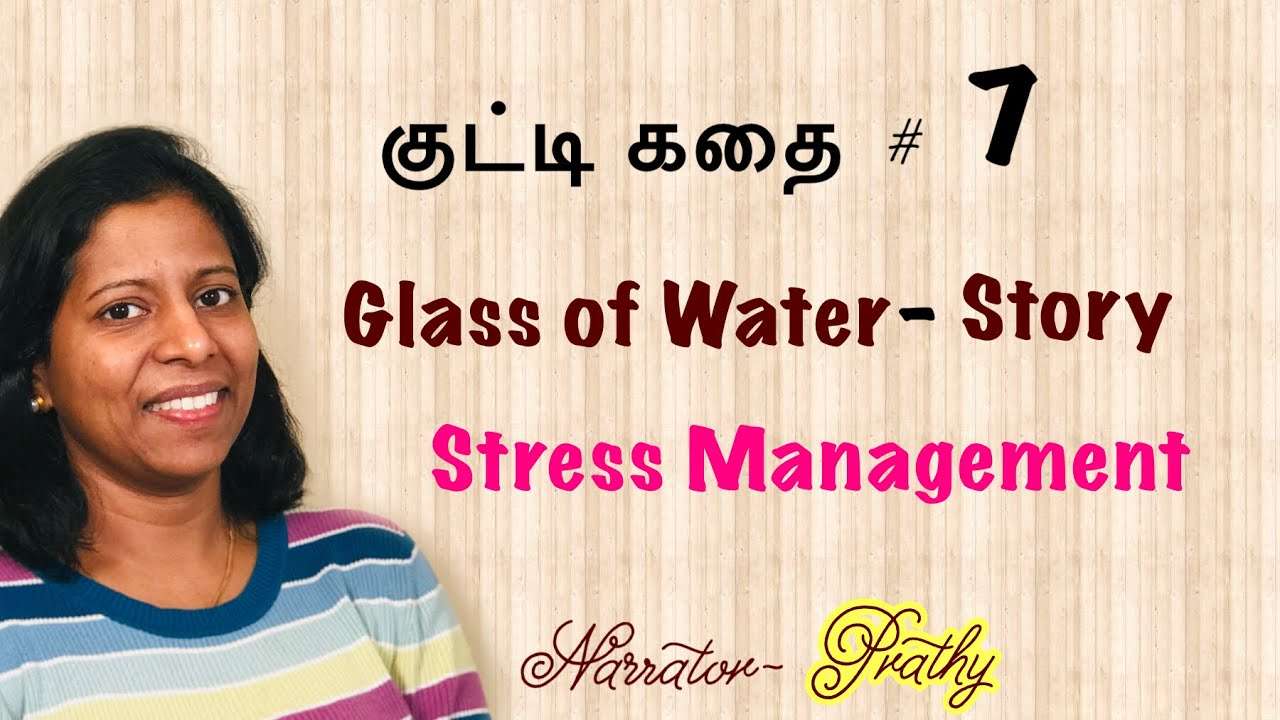The first step in managing stress is to understand it. Although the terms stress, worry, and anxiety are used interchangeably by many people, they do have differences.
Stress. Stress involves reacting mentally and physically to a specific experience in your daily life, such as moving away from home, final exams, or lack of money to pay bills that month. After taking action or the stress passes, a normal mood returns. Even positive events such as winning an award or getting married can be temporarily stressful. It is important to recognize that not all stress is bad. A good type of stress, called eustress, keeps people motivated and excited about life. It can enhance an individual’s performance in studying for an academic exam, or competing in an athletic event, or dealing with a difficult interpersonal situation.
Worry. Worry is a form of thinking involving apprehensive expectations. It can be constructive when it leads to a positive solution, but it can become toxic when it paralyzes an individual. Key components of excessive worry are that it is non-productive and repetitive. Individuals may think about a problem over and over again as though running in place on a treadmill, going nowhere, but may never jump off the treadmill to resolve the problem.
Anxiety. Anxiety, on the other hand, is what happens when stress continues without the stressor. In the brain, it is most closely related to fear and feelings of impending doom. It tends to be chronic involving excessive worrying about vague fears such as harm to loved ones, being unsuccessful in life, or fear of the future. Individuals may also worry about many small things that are not worth worrying about. If it does not go away, it may become chronic. Stress is not a psychiatric condition, but when pervasive stress and worry continue for over 6 months, it can become an anxiety disorder.
The anxiety disorders are the most common mental health problem in America. In any given year, anxiety affects about 18.1 percent of U.S. adults, and many more U.S. adults will experience it across their lifespan. New and better ways to handle both stress and worry before they become long-term problems are essential. The National Institute of Mental Health (NIMH) has succinct and helpful publications on the five major types of anxiety disorders.
Common responses to stress and anxiety
Stress affects each of us differently. Below are some common responses to stress and anxiety.
- Feelings: worry; guilt; embarrassment; irritability; anger; fear; moodiness; feeling overwhelmed.
- Thoughts : poor concentration; self-criticism; perfectionism; difficulty making decisions; forgetfulness; repetitive negative thoughts; fear of failing; worrying about the future.
- Behaviors: acting impulsively; being irritable with others; using drugs, alcohol, or smoking to excess; crying; avoiding people or places.
- Symptoms: tight muscles in neck, shoulders, and face; stomach distress; fatigue; trembling; appetite and sleep problems; dry mouth; heart pounding; sweating.
Tips for managing your temporary stress
Stress management is a personal journey. What works for one person may not work for another. As you try different approaches, it is important to allow your body and mind to tell you what is working for you.
For brief periods of stress, you may find the following helpful in reducing stress: exercising; listening to relaxing music; taking a warm bath or shower; doing hobbies and creative projects; managing your time better; surrounding yourself with supportive family and friends; getting your feelings out; laughing; and focusing on the positive.
Tips for managing longer-term stress and anxiety
Over time you may find you need additional tension reducing exercises. These are the state-of-the- art therapeutic approaches for reducing both stress and anxiety. They can be helpful when performed on a daily basis for a few minutes, as well as utilized in the middle of a stressful experience. They can lead your body and mind to calm down. They may also lead you to be less reactive to stress within a few weeks.
- Deep Breathing: The most basic relaxation exercise is slow, rhythmic breathing from your abdomen to calm yourself. When you are stressed or worried, your breathing tends to be shallow and fast. When your breathing is deep and slow, you tend to relax at a physiological level.
- Progressive Muscle Relaxation: By alternately tensing and relaxing the major muscle groups throughout the body, you can achieve a deep sense of relaxation. After practicing this for several weeks, you may be able to move on to a “Body Scan” exercise where you notice the tension in the muscles but do not need to tense them.
- Visualization or Guided Imagery: Imagery is a powerful way of achieving relaxation. By being transported to a soothing scene, you are free to let go of all tension and anxiety. You employ your visual sense but also your senses of taste, smell, touch, and sound.
- Mindfulness of Thinking: Mindfulness is remaining aware of your feelings and thoughts in the here-and-now moment while suspending judgment or evaluation of yourself and your experience. By staying calm and focused without judgment, you can soothe and quiet yourself.
- Meditation: Meditation is a proven method for relaxation of the mind and body. Meditation can bring you into the present by focusing your attention on your breathing, a few repeated words, a single repetitive action, or the flickering light from a candle. Many different types of meditation exist, so you need to do research to pick the one best for you.
Tips for managing your automatic and negative thinking
These approaches are very helpful for changing the automatic and distorted negative thinking that can lead to long-term worry and anxiety.
- Self-Compassion: Self-compassion is the way to achieve well-being and relaxation through responding to yourself with kindness and understanding when you struggle with feelings of inadequacy, embarrassment, and other negative feelings. Self-compassion reduces the negative feelings caused from being relentlessly self-critical and may even lead to improved performance. This approach uses meditation and positive affirmations.
- Reducing Perfectionism: By setting impossible goals and failing to meet these goals, you may end up with feelings of guilt, anxiety, disappointment, and lowered self-esteem. Frequently, you may set a new unrealistic goal because you believe achieving it will blot out the original sense of failure. More failure is usually the outcome. Reducing perfectionism and substituting healthy striving is crucial to improving the sense of self and achieving personal peace.
At some point, anxiety and stress affect everyone. They can manifest differently in different people, and the level of anxiety one experiences can vary, but there is one thing for certain: there are ways to manage anxiety, even if it feels out of control.
Of course, if anxiety is affecting your everyday life and getting in the way of your daily productivity for an extended period, please seek assistance. Find Help
Information about causes and treatment goes a long way in helping to understand anxiety and stress, but there are also some physical and mental things you can do when feeling anxious or stressed. Some coping strategies from ADAA’s experts include:
Coping Strategies
Try these when you’re feeling anxious or stressed:
- Take a time-out. Practice yoga, listen to music, meditate, get a massage, or learn relaxation techniques. Stepping back from the problem helps clear your head.
- Eat well-balanced meals. Do not skip any meals. Do keep healthful, energy-boosting snacks on hand.
- Limit alcohol and caffeine, which can aggravate anxiety and trigger panic attacks.
- Get enough sleep. When stressed, your body needs additional sleep and rest.
- Exercise daily to help you feel good and maintain your health. Check out the fitness tips below.
- Take deep breaths. Inhale and exhale slowly.
- Count to 10 slowly. Repeat, and count to 20 if necessary.
- Do your best. Instead of aiming for perfection, which isn’t possible, be proud of however close you get.
- Accept that you cannot control everything. Put your stress in perspective: Is it really as bad as you think?
- Welcome humor. A good laugh goes a long way.
- Maintain a positive attitude. Make an effort to replace negative thoughts with positive ones.
- Get involved. Volunteer or find another way to be active in your community, which creates a support network and gives you a break from everyday stress.
- Learn what triggers your anxiety. Is it work, family, school, or something else you can identify? Write in a journal when you’re feeling stressed or anxious, and look for a pattern.
- Talk to someone. Tell friends and family you’re feeling overwhelmed, and let them know how they can help you. Talk to a physician or therapist for professional help.
Fitness Tips: Stay Healthy, Manage Anxiety and Stress
For the biggest benefits of exercise, try to include at least 2½ hours of moderate-intensity physical activity (e.g. brisk walking) each week, 1¼ hours of a vigorous-intensity activity (such as jogging or swimming laps), or a combination of the two.
- 5 X 30: Jog, walk, bike, or dance three to five times a week for 30 minutes.
- Set small daily goals and aim for daily consistency rather than perfect workouts. It’s better to walk every day for 15-20 minutes than to wait until the weekend for a three-hour fitness marathon. Lots of scientific data suggests that frequency is most important.
- Find forms of exercise that are fun or enjoyable. Extroverted people often like classes and group activities. People who are more introverted often prefer solo pursuits.
- Distract yourself with an iPod or other portable media player to download audiobooks, podcasts, or music. Many people find it’s more fun to exercise while listening to something they enjoy.
- Recruit an “exercise buddy.” It’s often easier to stick to your exercise routine when you have to stay committed to a friend, partner, or colleague.
- Be patient when you start a new exercise program. Most sedentary people require about four to eight weeks to feel coordinated and sufficiently in shape so that exercise feels easier.
Learn about some common anxiety myths and misconceptions
Generalized Anxiety Disorder (GAD)
ADAA Resources
Webinars:
Blogs:
Trending articles:



